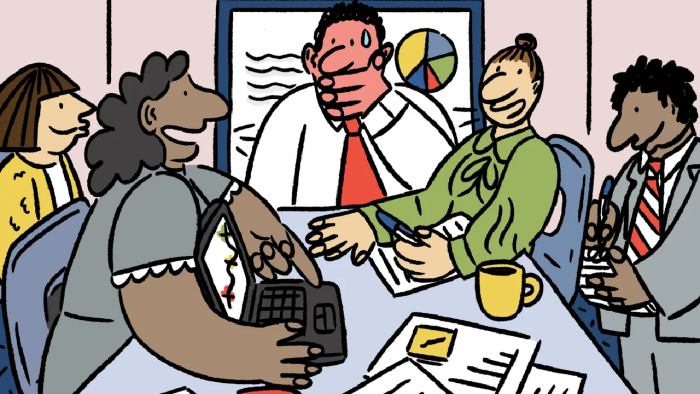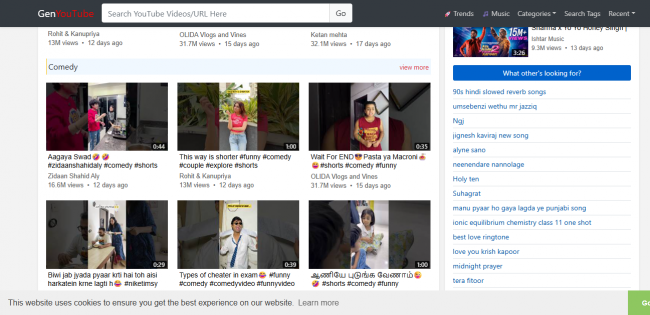Group chats have quietly become the living rooms of our digital lives. Whether it’s family, friends, or work teams, most of us are part of more groups than we can count. They seem simple, type, send, react, but anyone who has spent more than a week in one knows there is an unspoken set of rules that hold them together. Break them, and even the closest relationships can start to feel strained.
In this piece, we will explore these hidden expectations, not as rigid commandments, but as small social cues that make digital conversations smoother, kinder, and a lot less exhausting.
1. Timing Is Everything
It is not just what you say, but when you say it. Dropping a stream of 20 messages at 2 a.m. might feel normal to you, but for others, it is a buzzing phone in the middle of much-needed rest. While most platforms allow muting, etiquette suggests being mindful of time zones, work hours, and sleep cycles.

A simple rule of thumb: if you would not call the person at that hour, maybe save the text for later.
2. The “Seen” Dilemma
Blue ticks or “seen” indicators have created a new form of social pressure. Leaving a message on read is sometimes read as disinterest, even when it is not intentional. Research from digital communication studies shows that people often overestimate negative intent in short messages.
The fix? If you do not have time for a long reply, a quick acknowledgment such as a thumbs-up, “noted,” or even an emoji keeps the flow going and prevents misunderstandings.
3. Do Not Hijack the Thread
Every group has that one person who changes the topic mid-conversation. Imagine three people planning dinner while someone suddenly shares 50 vacation photos. It derails the energy.

The unwritten rule is to read the room: if the group is on one topic, try to respect that rhythm. Save off-topic sharing for quieter moments or better yet, a one-on-one chat.
4. Inside Jokes Have Limits
In close groups, inside jokes are glue. But in mixed circles such as work projects or community forums, exclusive references can leave people feeling like outsiders.
If you are leaning into humor, make sure it does not confuse or alienate others. A good check is simple: will everyone understand, or will half the group scroll past awkwardly?
5. Reaction Overload
Modern chat apps let us react with emojis, GIFs, stickers, and even polls. But spamming reactions can overwhelm more than they entertain. A Harvard Business Review piece on digital work culture notes that excessive notifications are among the top causes of chat fatigue.

Think of reactions as seasoning: a sprinkle adds flavor, too much spoils the dish.
6. Respect the Silent Members
In most groups, only a fraction of people drive the conversation while the rest quietly observe. Silence is not disengagement, it can be comfort, preference, or simply a lack of time.
Instead of tagging or pushing them to speak up, give space. Group chats are not classrooms, participation is not mandatory.
7. Sensitive News Needs Care
Sharing sad or sensitive updates in a group chat requires thought. Screens can strip away tone, and what is intended as supportive may come across as blunt. Experts on online grief communities emphasize the value of empathy: acknowledge the message, avoid generic “thoughts and prayers,” and only offer deeper words if you mean them.
Sometimes, a private follow-up shows more care than a public reply.
8. Exits and Additions Should Not Be Awkward
Few things feel as dramatic as someone leaving a group. But life changes, and so do conversations. When leaving, a short note such as “Thanks for including me, stepping out now” prevents speculation.
Similarly, when adding new members, a small introduction helps them feel welcome instead of tossed into the deep end of a conversation they do not understand.
9. Work vs. Personal: Keep the Boundaries Clear
Blurred lines between professional and personal chats are a growing issue. Research on workplace messaging apps shows that employees feel constant pressure to be available. If it is a work group, keep it professional: no memes at 11 p.m., no personal rants during working hours.
Clarity on purpose helps: if a chat is meant for project updates only, stick to it.
10. Know When Silence Is Golden
Not every message needs a response. Sometimes, the healthiest group chat habit is restraint. If the message does not require action or adds no value, silence keeps the conversation cleaner.
Digital etiquette researchers often highlight this as the online equivalent of body language. Sometimes the best way to say something is to say nothing at all.
Closing Thoughts
Group chats are less about technology and more about shared human rhythms. They are places where friendships deepen, families stay connected, and teams move faster. But without the quiet glue of etiquette, they can also become noisy, overwhelming, or divisive.
The unspoken rules are not meant to stifle fun but to keep the group alive, respectful, and welcoming. In the end, good group chat behavior is just an extension of good offline manners. Be mindful, listen as much as you talk, and always respect the people on the other side of the screen.











Comments